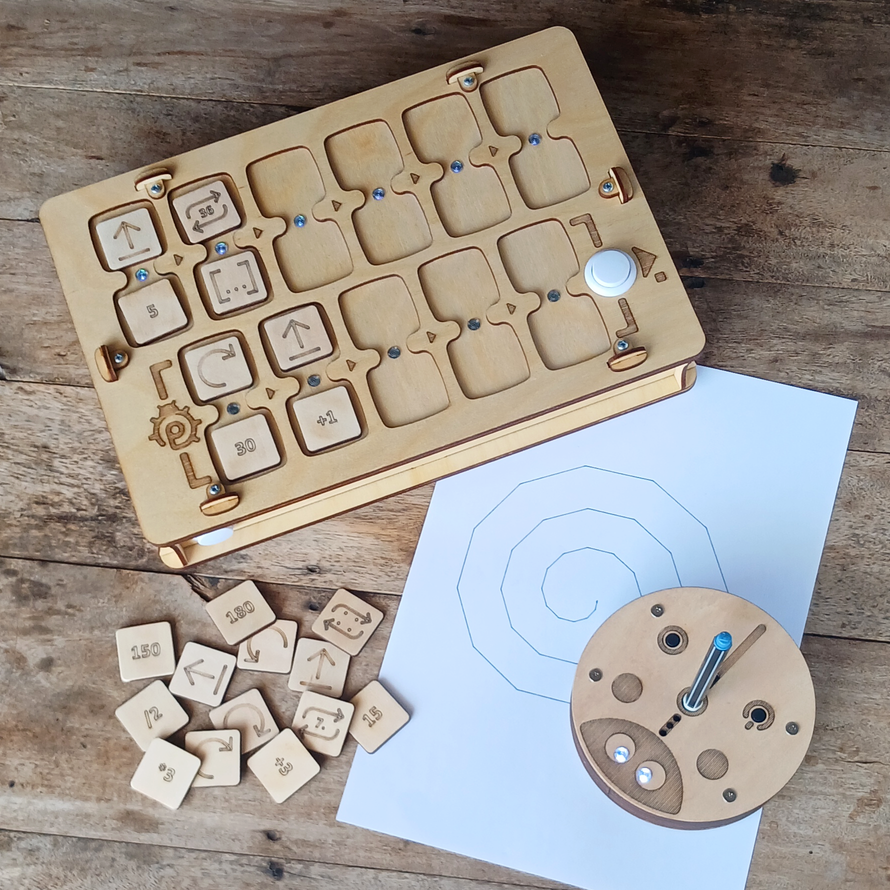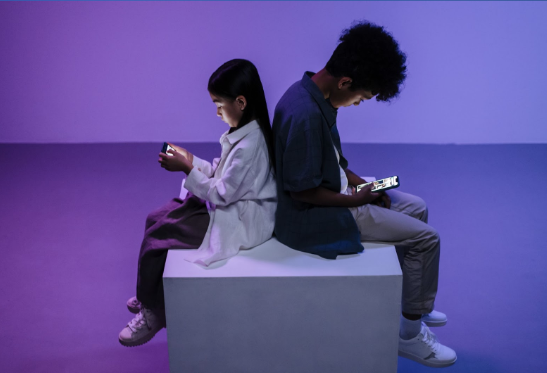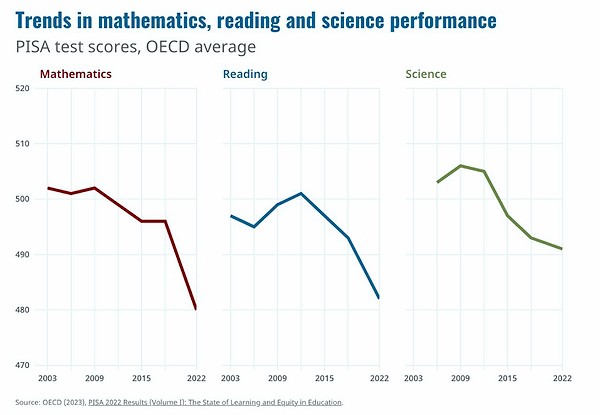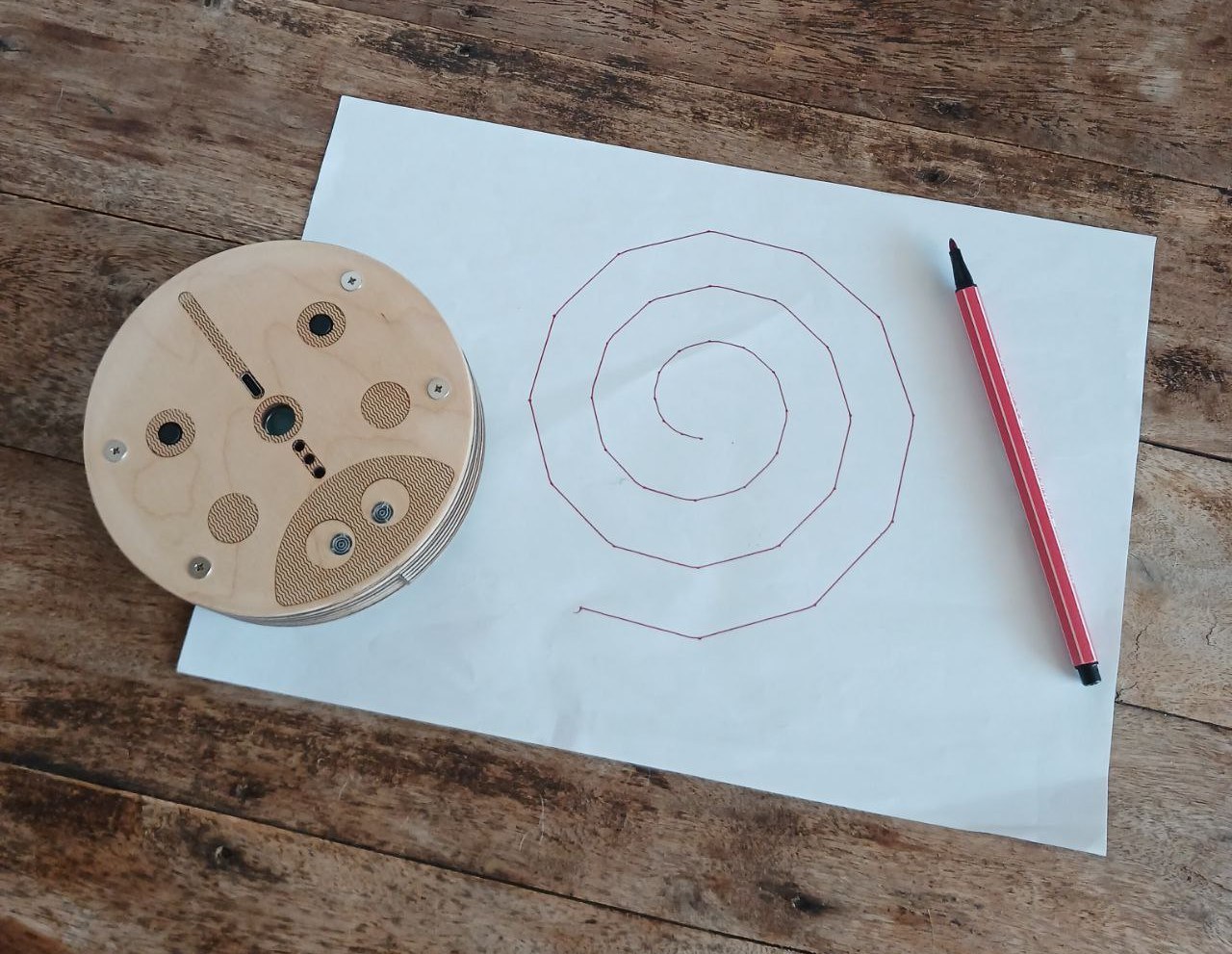Introduction
PrimaSTEM is a tool for teaching children from age 4 the basics of programming, logic, and mathematics without screen devices.

Controller, programming blocks, robot, and program execution results.
Relevance
Modern children from an early age show interest in video games and electronic devices, quickly mastering them.
Parents recognize the importance of information technology for the successful development of a child but also strive to maintain a balance between learning and children’s health.

Research shows that early and frequent interaction with screens can reduce cognitive abilities and academic performance.

Source: Programme for International Student Assessment (PISA), 2022 Results (Volume I)
Use of screen devices by younger children often leads to:
- psychological difficulties,
- gaming addiction,
- impaired vision and physical health.
Goals and objectives
This educational tool helps children from age 4 learn programming, logic, and mathematics without screens.
With PrimaSTEM, children learn:
- numbers,
- spatial orientation,
- algorithms,
- logical thinking,
- programming fundamentals,
- arithmetic operations and progressions,
- geometric concepts.
Advantages:
- versatility,
- engaging and visual format,
- screen-free learning,
- suitable for preschool and young school-age children,
- natural body materials.
🎯 Main goal - development of cognitive skills through tangible and visual understanding of programming basics and the meaning of program execution results.
How does it work?
- Switch on the robot and controller.
- Using command chips, compose a program by placing them in the controller's cells.
- Press the “Execute” button.
- The robot will perform the program.
Video presentation: youtu.be/Ztq_I1WBiVo
Mathematical drawing using a variable and negative numbers: youtu.be/6Zoyku27mO8
Heart-shaped mathematical drawing: youtu.be/VgiWu200EGw
📺 For more details, visit the PrimaSTEM YouTube channel
Who is it for?
PrimaSTEM is designed for children and looks like a game, but is a flexible tool for educators and parents. It can be used to teach various subjects - mathematics, programming, physics, history, geography. Everything is limited only by the imagination and skills of the teacher or parents.
The child acquires mathematical and algorithmic foundations, serving as excellent preparation for school and a first experience with programming languages (Scratch, Logo, or Minecraft).

Example result: a spiral drawn when dynamically changing a variable in a loop.